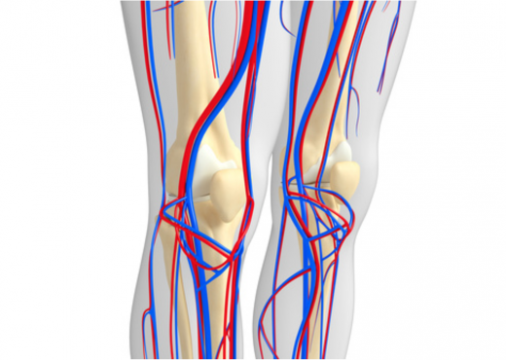Compared against coronary artery disease (CAD) or cerebrovascular disease patients, peripheral artery disease (PAD) patients have lower chances of receiving medication proved to be clinically effective such as statins (despite running the same risk, perhaps even higher risk).

The message is we should be more active both in finding risk factors in PAD patients, and in finding PAD in CAD and cerebrovascular patients.
Claudication symptoms can be underestimated by both patients and doctors when patients consult for a recent myocardial infarction. Likewise, claudication symptoms can be limiting enough to prevent angina from happening.
This study, including roughly a million patients, was recently published in the Journal of the American College of Cardiology.
Over half of CAD patients (51.7%) were on statins vs 43% who had cerebrovascular disease, and only 33.9% who had PAD.
Read also: Consensus on How to Conduct Follow-Up in Peripheral Vascular Disease.
And of those with a confirmed diagnostic of the three concurrent conditions, only 57% received statins.
This study speaks of inadequate treatment according to the clinical practice guidelines, across all the vascular disease spectrum, and not just PAD.
CAD patients were the ones who presented more events. However, PAD and cerebrovascular patients showed higher all-cause mortality rate.
Read also: Safety of Paclitaxel-Coated Balloons in Peripheral Vascular Disease.
There are still many wasted opportunities, particularly in PAD patients, but in all patients in general.
Original Title: Atherosclerotic risk and statin use among patients with peripheral artery disease.
Reference: Colantonio LD et al. J Am Coll Cardiol. 2020;76:251-264.
Get the latest scientific articles on interventional cardiologySubscribe to our weekly newsletter
We are interested in your opinion. Please, leave your comments, thoughts, questions, etc., below. They will be most welcome.





